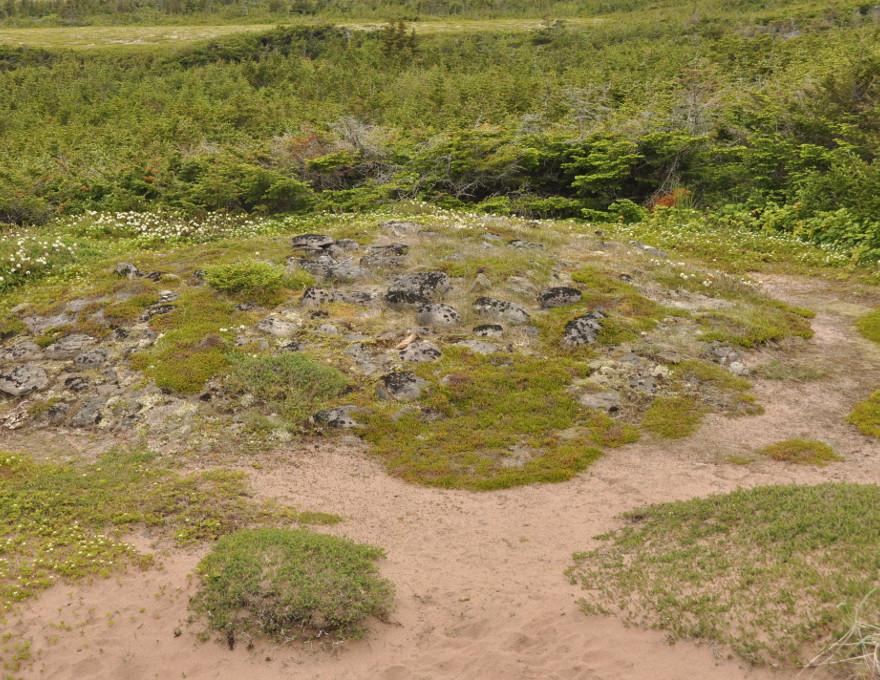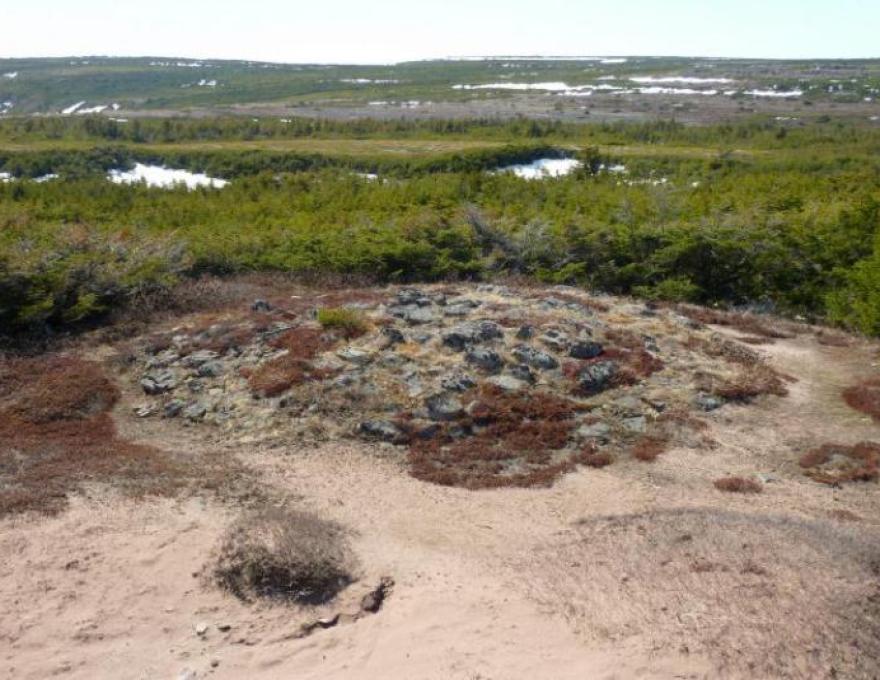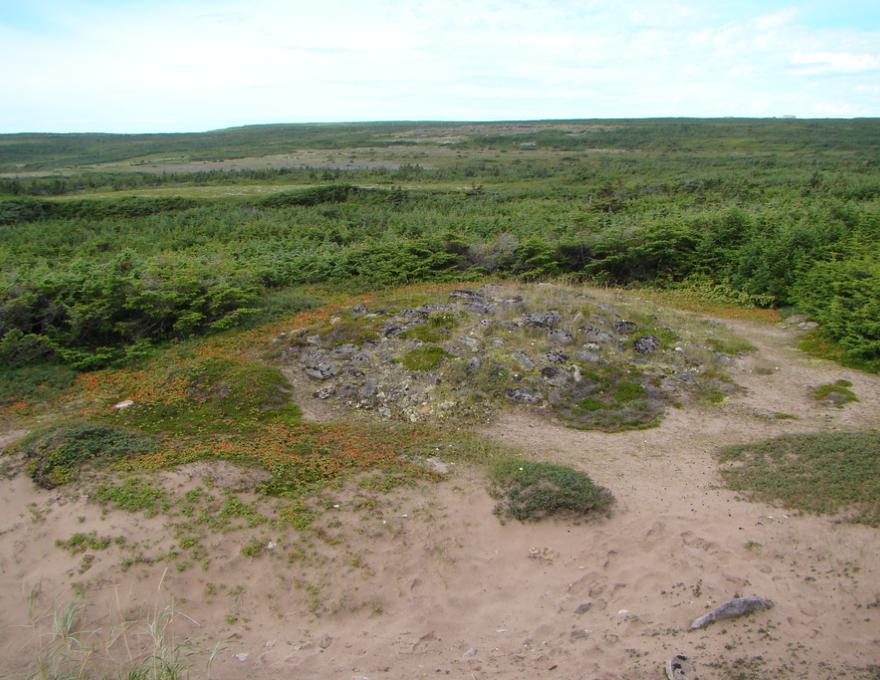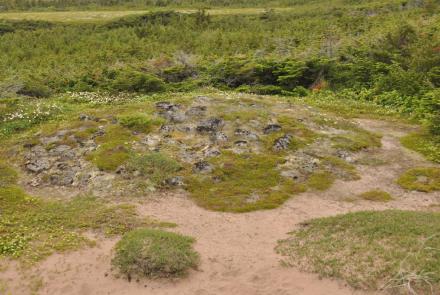L’Anse Amour was designated a national historic site of Canada in 1978 because:
-it is one of the largest and longest used Aboriginal habitation sites in Labrador, representing the remains of many small camps; and,
-it features the earliest known funeral monument in the New World, created between 6100 and 6600 B.C.E.
L’Anse Amour is the oldest known burial mound in the North America, and is part of one of the largest and longest used Aboriginal habitation sites in Labrador. The body had been covered with red ochre, wrapped in a shroud of skins or birch bark, and placed face down, head pointed west, in a large pit 1.5 metres deep. Evidence also indicates the use of ceremonial fires and the cooking and consumption of food. Offerings were made of tools and weapons made of stone and bone. These included a walrus tusk, a harpoon head, paint stones and a bone whistle.
Sources: Historic Sites and Monuments Board of Canada, Minutes, June 1978, November 1983, June 1984, December 2005.






Add new comment